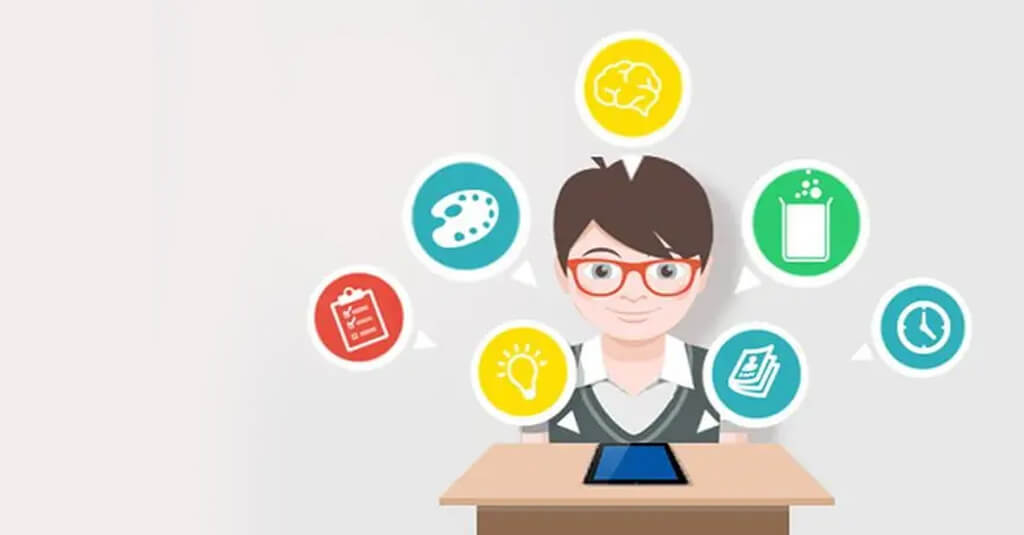In today’s modern world, Learning & Development departments are seeking for different ways that boost learner collaboration and engagement in a training activity. With the widespread adoption of innovative technology, there is an emerging need to deliver highly interactive learning experiences. Therefore, game-based learning is heralded as the widely adopted way to engage learners as well as attain different organizational objectives. Incorporation of different themes, fantasies, flash cards, movies and other interactivities make learning completely fun and engaging.
Improving the Effectiveness of Game-based Learning through Themes & Fantasies
During a self-paced approach, online courses are created in a way that connects with all learners- irrespective of their location, educational or professional backgrounds. It becomes a tedious task as customized e-courses are developed to cater to the pertinent learning needs of intended audiences.
This is where the theme-based approach is followed to provide the same level of knowledge to all and develop strong interaction with the topics. By fostering relationships between topics, themes provide a common platform for a better understanding of the context. This approach is beneficial when there is a need to cater to the needs of diverse learner group and learners who do not have hands-on experience with new technology. For instance, for a leading finance company, we created game-based learning courses for the classroom setting with an aim to train the new hires. Different themes related to childhood fantasies such as Island, Forest, Car Racing, Stone Age, Spaceship and Ship Wreck were used to introduce the fun element in learning.When the learner selected a particular theme like Forest or Island, some activity is performed like searching a hidden object to save the Princess or going through a crime scene to find the criminal. Every theme was like a mini game played by learners, which made them earn badges and scores. The world of fantasy is interactive in a way that the real world is not. So, embedding various themes drives learners to another world of fantasy, resulting in more interaction and retention.
In addition to the attractive themes and fantasies, quizzes and buzzers are also incorporated with e-courses to boost the morale of participants. For instance, in a classroom setting, the buzzer round is introduced in which extra multiple-choice or scenario-based questions are asked by the facilitator, providing an opportunity for players to earn bonus points. Few other factors that determine the success of a gamified e-learning program includes-
- Achievement- Learners access more training courses to attain a specific organizational objective.
- Recognition- On successful accomplishment of a certain level, participants are rewarded with badges and scores, as a sign of acknowledgment.
- Competition- Learners play games with an aim to compete with the peers and earn rewards.
Games in e-learning have proved to be a powerful strategy to convert boring text into engaging content. In the nutshell, gamification helps to improve the overall learning uptake with an increased level of motivation, fun and participation. Whether you are sitting in a classroom or attending an online session, games hold the potential to evolve and continuously provide different ways for people to learn new things.








